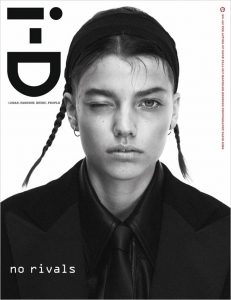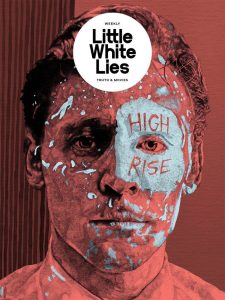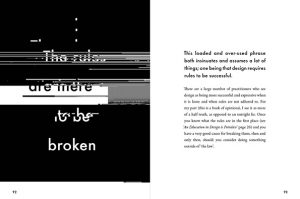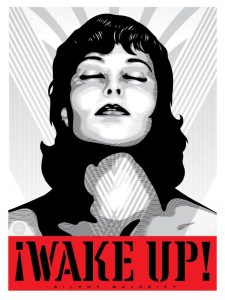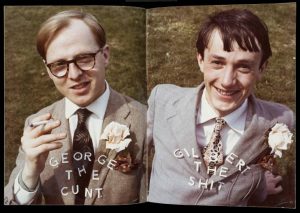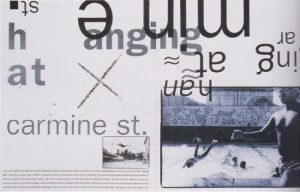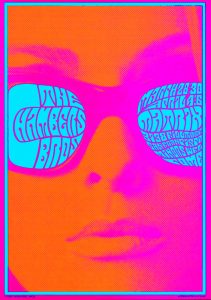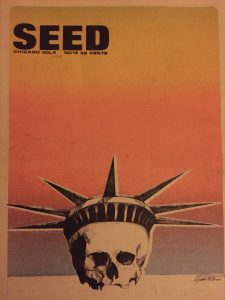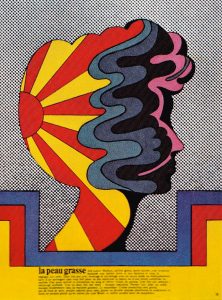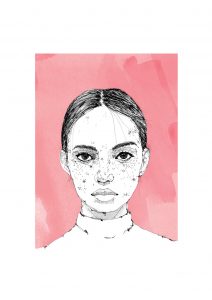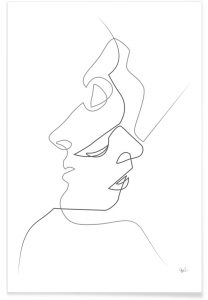Research and communication has been a huge learning curve over the last nine weeks of attending our weekly lectures. Researching extensively over the long period of time has massively helped me gain an improved understanding of the process that is required to formulate and articulate a efficient amount of research. Locating and throughly sieving through multiple articles and books was a difficult task to overcome for me being that I am an impatient individual, however understanding the importance of the research I persevered around the isssue for great results.
Additionally, research is not the only area I have come to have a better understanding in as I also used that research to look into 20th century movements and various other artists that accompany those movements. Understanding how the artists perceive the world of art and how they move around the rules to create a entirely different world where their art has it’s own laws is highly important informative for my educational future. Knowning all this information about movements and artist authenticity helps preserve my own current knowledge and authenticity as it helps rejuvenate and refresh my inspiration and knowledge. I can know move forward in this degree and formulate and produce a multitude of ideas and designs due to everything I am currently learning. The creative knowledge I previously had is now improving and will continue to improve with this knowledge and information being provided whilst also training myself and my head to research and gather this knowledge independently.
“Graphics is a method of communication that we use to portray our ideas to our audience, and the better we can communicate the more information that they can retain. The easier we make our information read the larger the audience we can ultimately attract, this is important to learn in the process of becoming a landscape architect because we will never know the type of client that we will come across”. – Ewlittle
This quote by ‘Ewlittle’ perfectly explains and insinuates what I believe Graphics Design is regarding communication. The communication skills acquired so far tremendously help give our Graphics work a better narrative by presenting and communication at a higher standards, resulting in better visual explanations.
Overall this Research and Communication side of education here at this degree has helped me grow creatively and educationally. I feel now more confident to create authentic pieces of work and design something with the upmost honesty and minimal inspiration due to the research I am now capable of finding. I believe more set tasks and further research is beneficial to me and to others during our weekly lectures as it’s a continuous healthy amount of information. To continue to improve on educational standards I believe more research and more tasks are crucial and as a personal improvement and goal to follow by I look to be more enthusiastic towards completing research related work and being independent enough and use my intuition to seek out further work for myself.
Ewlittle – “The importance of Graphics”
(https://aqueductfutures.wordpress.com/2013/03/18/the-importance-of-graphics/)

